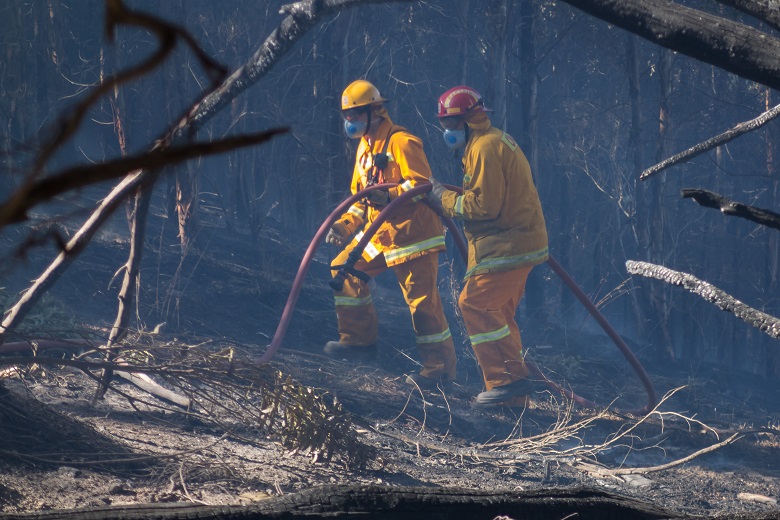
Resilience measures should be built into the planning for all Australian infrastructure in order to avert climate risks, according to the Academy of Technological Sciences and Engineering (ATSE).
In releasing its Resilience Position Statement, ATSE has called for action to be taken to deal with expected increases in natural disasters such as floods, heat waves and tropical cyclones.
ATSE’s President, Professor Hugh Bradlow, said that “the location, timing and severity of bushfires, cyclones, storms, floods and heat waves are highly uncertain — and the degrees of uncertainty and severity are set to increase due to climate change.”
To mitigate these risks, ATSE wants urgent planning action to be taken across the transport, energy, water, social, waste management and digital infrastructure sectors in order to future-proof supply chains, national security, environmental sustainability and economic prosperity.
“The importance of resilience in everything we design and implement cannot be overlooked. It warrants far great attention if we are to confront the high probability of climate change impacts across our vulnerable nation,” said Professor Bradlow.
“Our goal must be to establish resilient systems. Therefore, a more comprehensive approach to infrastructure system adaptation is necessary and the best chances for doing so are at the design stages of infrastructure projects.”
Professor Bradlow pointed to the COVID-19 pandemic and the war in Ukraine as examples of how events can rapidly expose Australia to the vulnerability of supply chain disruptions.
“These extreme events underscore the need for the uptake and use of more evidence-based decision-making tools so resilience can be built into planning systems, and we can plan with greater confidence for an uncertain future,” he said.
“With advances in technology, monitoring and modelling of risk assessments are now easier to undertake. Such risk assessments allow infrastructure to be future-ready and should be central in system design.”
ATSE’s Position Statement points out that achieving resilience relies on infrastructure to be designed with four ‘Rs’ in mind: robustness, redundancy, resourcefulness and rapid recovery.
“This comprehensive approach is fundamental for building resilience into Australia’s future planning processes and supports infrastructure owners, designers and operators to create sustainable infrastructure fit to whether hazardous events,” said Professor Bradlow.
Comment below to have your say on this story.
If you have a news story or tip-off, get in touch at editorial@governmentnews.com.au.
Sign up to the Government News newsletter